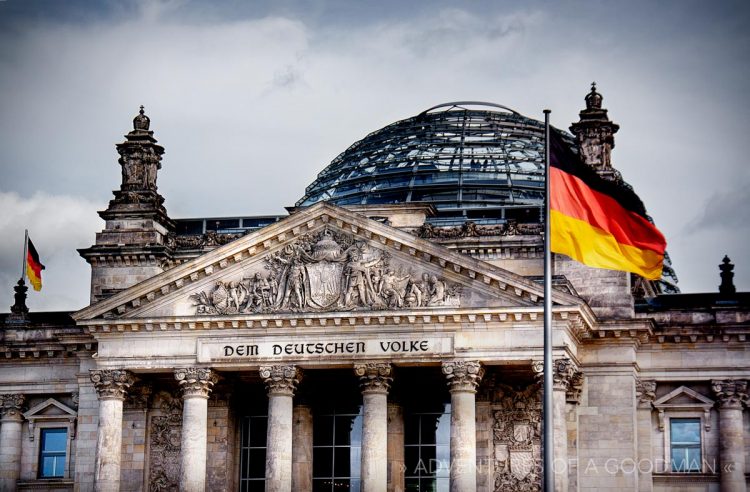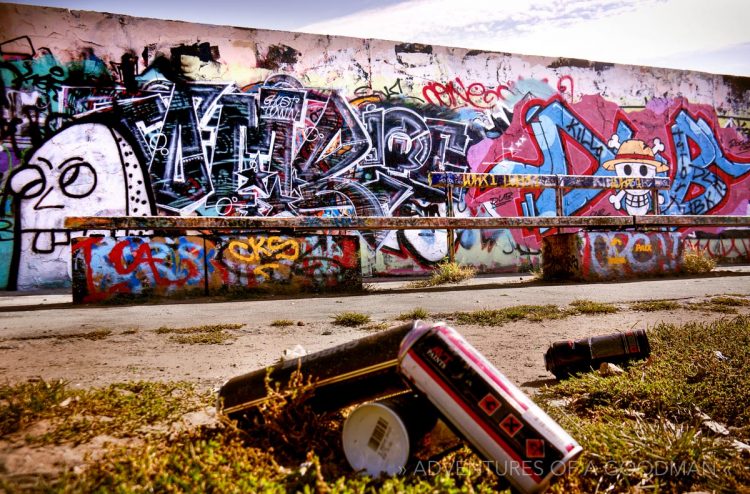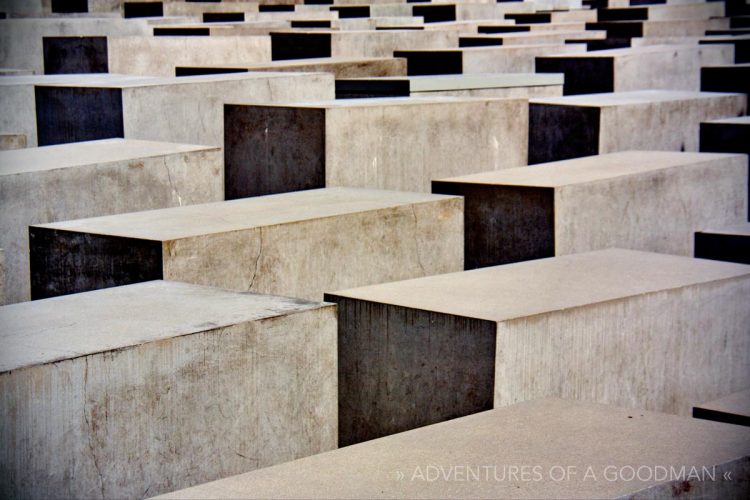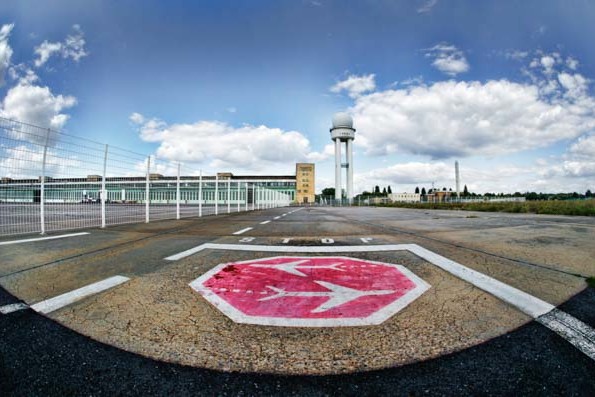GUEST POST OVERVIEW: If you’re going to visit Berlin, this guide is a good place to start. All the photos are from my trip to Berlin in 2013. All of the text was written by my friend Aleix.
Most of Berlin’s important history has taken place in the 20th century, with World War II and the rise and fall of the Berlin Wall as its main exponents. These events have left a considerable mark on the German capital, with landmarks that won’t let anyone forget what happened.
The history of most cities spans many centuries and the historical and cultural mark left on the city comes from past times and not as much from the contemporary ones. Berlin, Germany, is the opposite. Most of the things that we notice in the German capital while we’re staying in Berlin apartments are a mark of the events that took place in the last 100 years. Here are a few of those which we must see on our trip to Berlin.

Reichstag
The Reichstag is the German Parliament that was burned down before the war and that was completely destroyed during it by the bombings. Today, it has been reconstructed and a big glass dome has been built on top of it, which allows us to have a beautiful 360 degree view of the whole city of Berlin. A landmark of German history, the Reichstag cannot be missed. It’s at Platz der Republik.

Berlin Wall
Of course, the Berlin Wall is a construction that divided the city of Berlin between the years of 1961 and 1989. Between those years, the city was split in West Berlin, governed by the capitalist German Federal Republic, and the East which was under the communist German Democratic Republic. The latter would not allow any of their citizens to cross the wall and go and live in the west.
People attempted it and, those who did, were shot. Officially, 136 people died crossing it and 200 were seriously injured, but it is believed to be many more. In 1989, the Wall came down and Berlin and Germany we reunified. We can still see a part of the Berlin Wall, called the East Side Gallery, on Muhlenstraße, near the Ostbahnhof.

Checkpoint Charlie
This is the most famous crossing point between West Berlin and East Berlin, between Friedrichstraße and Zimmerstraße. It is a checkpoint booth that was in operation to control those who crossed the border between the two Berlins.
Its original name is Checkpoint ‘C’, and in the NATO phonetic alphabet, ‘C’ is called Charlie. Nowadays, the booth is a touristic attraction and people take many photos standing next to it. Close by is the famous sign that says ‘You are now leaving the American sector’.

Holocaust Memorial
It’s a memorial dedicated to all the Jewish victims that died in the Holocaust that covers nearly 5 acres of land. It has nearly 3,000 concrete slabs of different heights that you can walk in between of, creating a feeling of discomfort and uneasiness. It is meant to represent how an ordered system has lost touch with human reason. There’s a clear eeriness about the place and you can find it a block down Ebertstrasse from the Brandenburg Gate.

Olympiastadion
The Berlin Olympic Stadium is a landmark of Nazi architecture that held the 1936 Berlin Olympics, where African-American athlete Jesse Owens won four gold medals in front of Adolf Hitler, who refused to shake his hand. Outside the stadium there are two concrete columns towering over it, which give it an air of decadent majesty.
Aleix Gwilliam is a 24 year old from Barcelona who looks English but thinks like a Catalan. He enjoys traveling, especially on old Czech trains, and trying to start conversations in Hungarian with people at Pecs station, even though his Hungarian is as good as his Bulgarian, in other words, not very good. He’s a trier.
EXPLORE SOMEWHERE NEW
BUY A PRINT
All photos on this site are available as limited edition fine art photographic prints. Please get in touch for sizes and rates.



